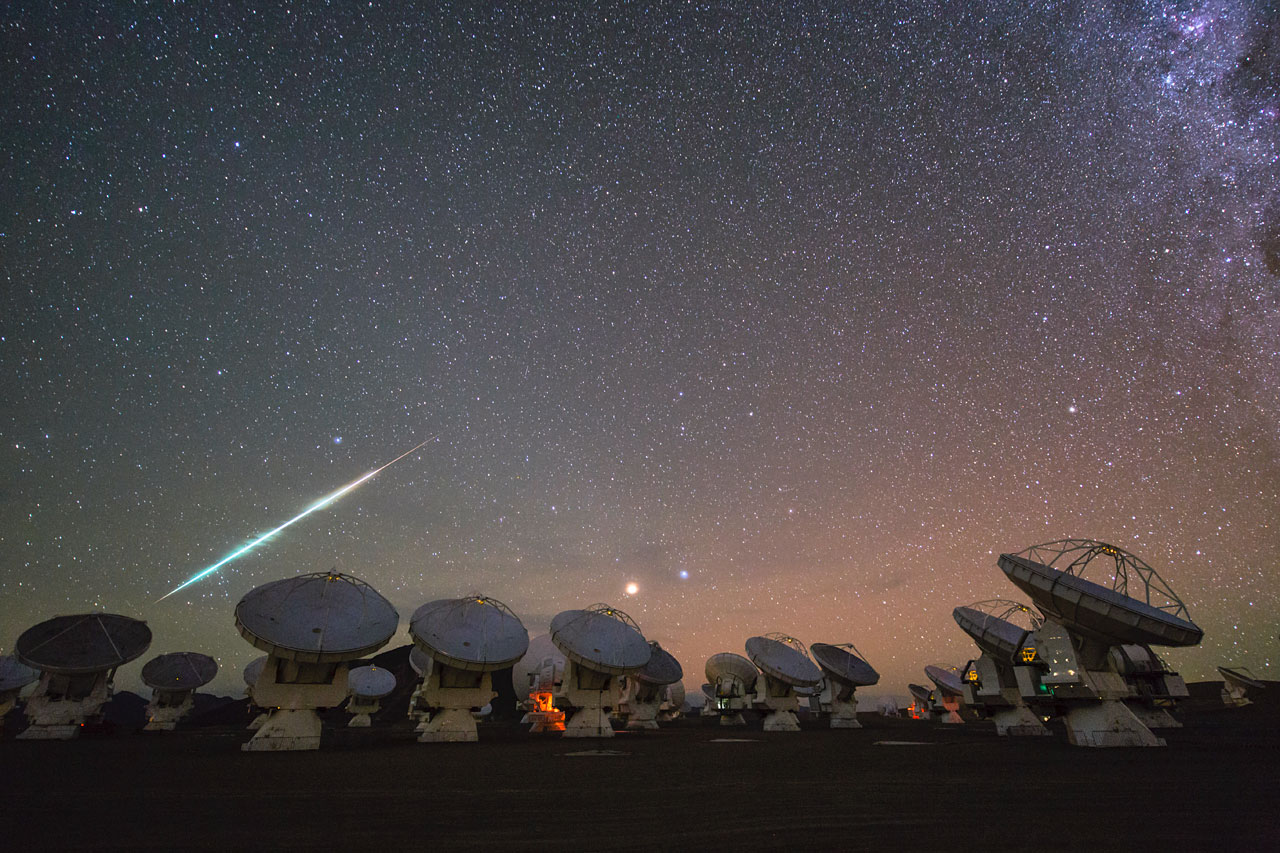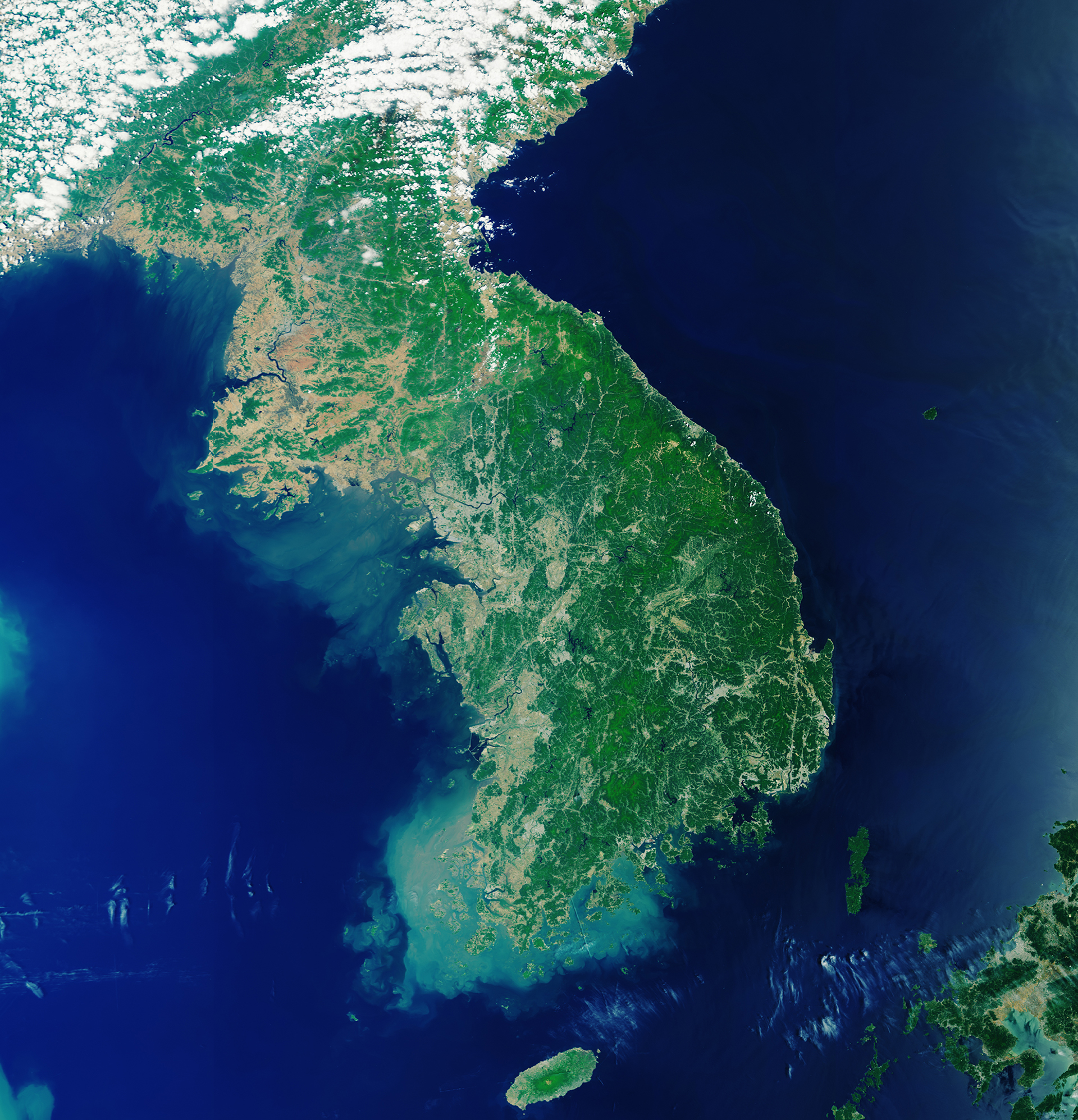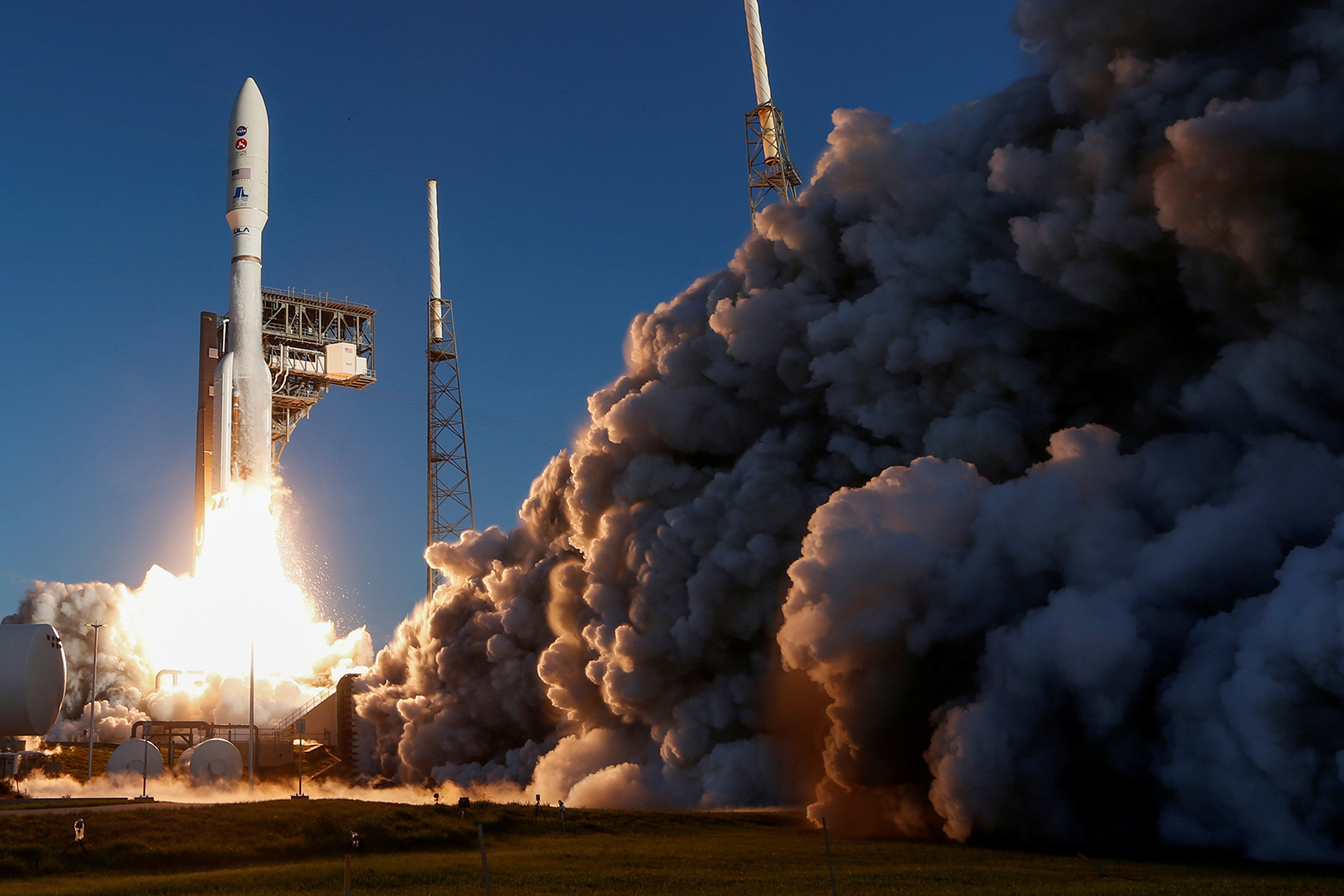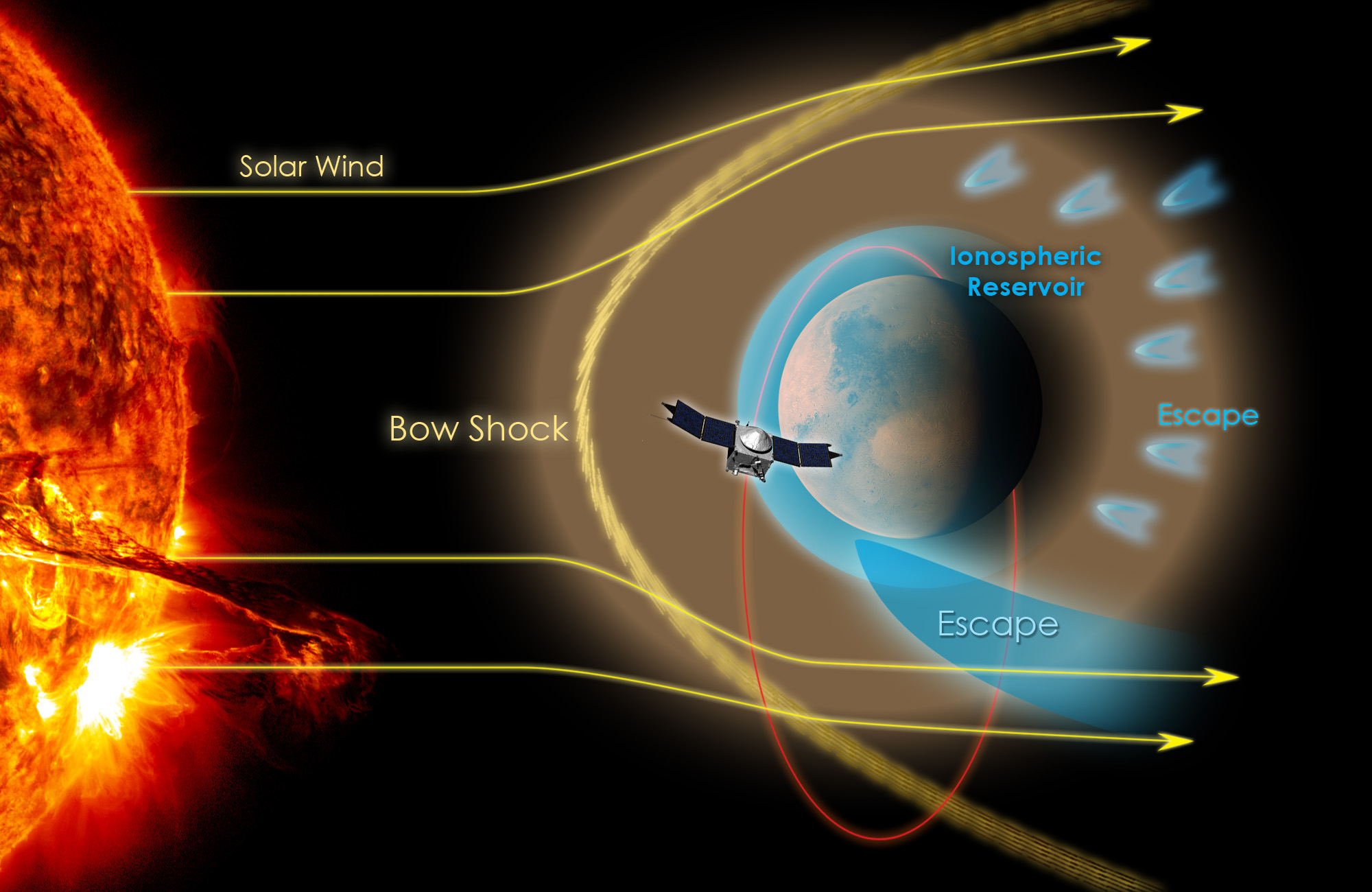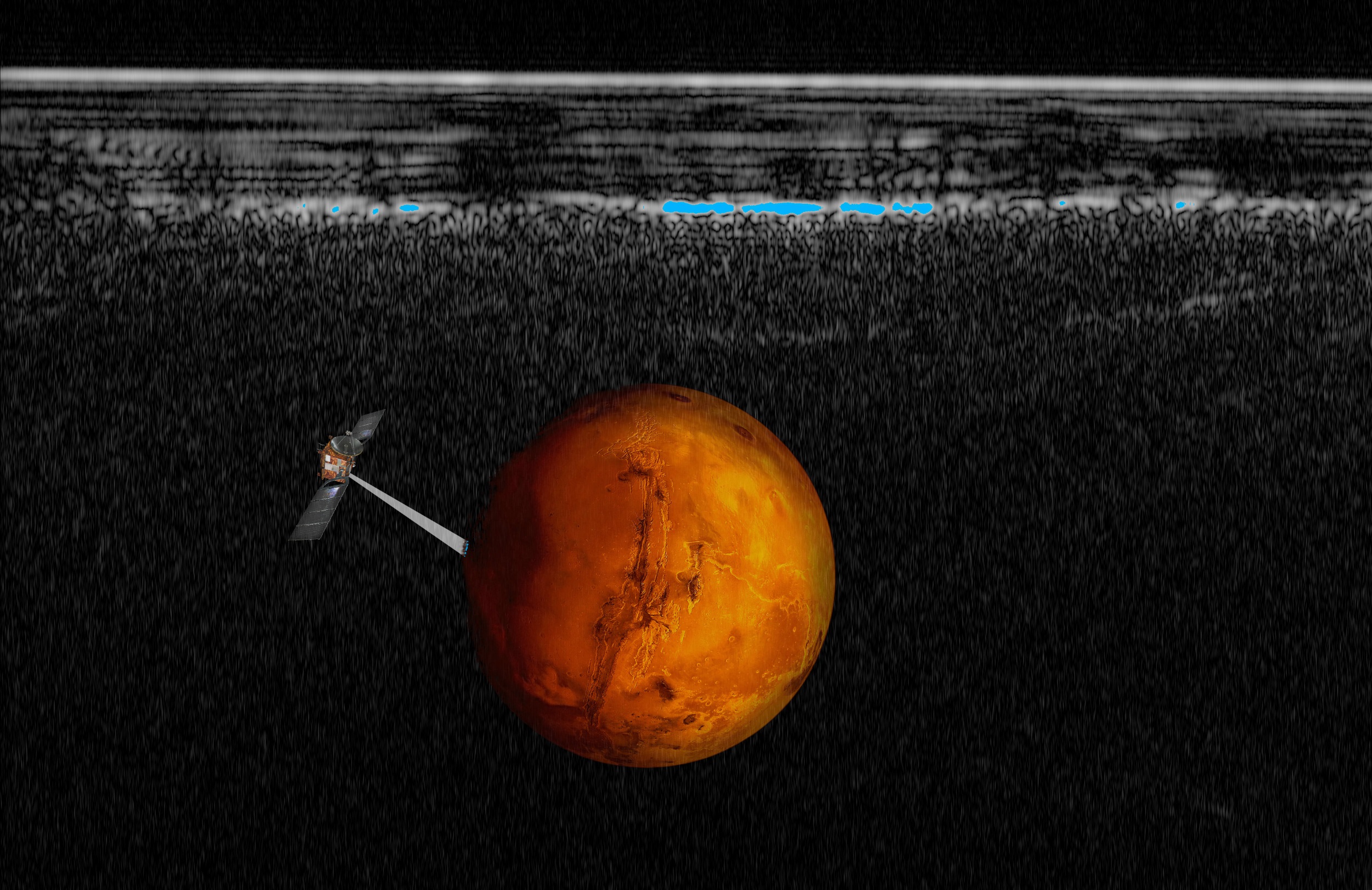— Project 1 (2022) —
— AI and Atmospheric Modelling —
Atmospheric modelling of planets within our solar system and the impact of space weather, are based on data sets that are sparse and disparate (different sensors, missions, altitudes, seasons, time, and latitudes). This disparity is making such modelling particularly difficult. If we were able to fully understand the impact of space weather on Mars and correlate such data with what’s happening on Venus and Earth, we might come a long way in understanding the impact of space weather on our own planet’s atmosphere, at a time when climate change is of the utmost importance.
Cross-mission and cross-planet correlation of data would be a major step towards this direction if the data could be normalised. Such comparative data analysis is particularly complex for humans.
But with recent successes of Artificial Intelligence (AI) in astronomical discoveries (discovery of exoplanets that were undetectable by humans), the use of AI could be a solution in achieving the impossible.
Utilising AI supercomputers, and computing experts, it might be possible to formulate such an AI task.
The purpose of this event is to bring together plasma-physicists and AI computing experts in a first attempt to create innovative new solutions that could tackle this space weather problem.
— Why Supercomputing —
- the Challenge -
call for Industry
Utilising AI supercomputers, and computing experts, it might be possible to formulate an AI task / deep-learning algorithm that could analyse and make sense of sparse space weather data, and try to correlate in order to create a model that could prove useful in understanding space weather on Mars, but furthermore understand Venus and its runaway greenhouse effect, thus creating an overall understanding of space weather in multiple planetary bodies. This would assist in understanding our own atmosphere and the impact of solar weather to it, and subsequently identify methods to mitigate or reverse climate change.
We are requesting to supercomputing experts and industry to be involved with infrastructure and experts in this challenge that will kickoff with introductory meetings in the next weeks/months (as preparatory activities) leading to a culmination at the Cospar 2022 General Assembly in Athens, where we aim to hold an experts summit from both sides (super-computing/deep-learning/AI and plasma-physics/space-weather) in order to agree on possible methods to tackle this problem. We aim to identify datasets and algorithms that would then be utilised in a first such pilot task.
